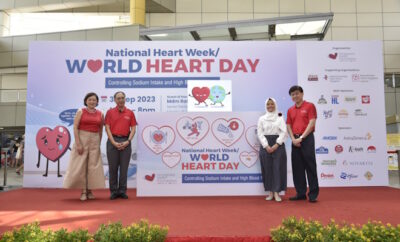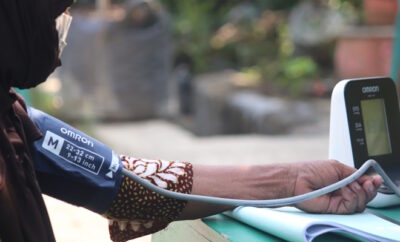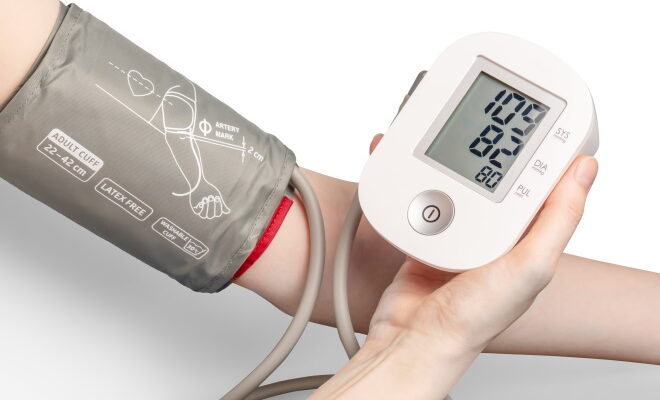
Health x Wellness
Why you should do home-blood pressure monitoring?
Hypertension is often a condition that goes ‘under the radar’, with many people not knowing that they suffer from it. It can contribute to health problems such as heart disease. One way to monitor is to do home-blood pressure monitoring regularly and consistently.
Hypertension or more commonly known as high blood pressure is a silent condition, with many people who have it not knowing they do. It is also recognised as a common preventable cause of heart disease.
One method of monitoring for hypertension is to do home blood pressure monitoring. This is a process where you use a monitoring tool to measure your own blood pressure, usually at your home. It can be helpful as the measurement is done in real-time and regarded as more representative of your typical day. Home measurements can serve as an indicator, before being brought to the doctor for verification or diagnosis. The process is also recommended by guidelines.
The Active Age had a discussion with Dr Low Lip Ping, Consultant Cardiologist and Chairman Emeritus, Singapore Heart Foundation about hypertension in Singapore’s context, as well as the value to be derived from doing home blood pressure monitoring regularly.
the Active Age (AA): What is hypertension in Singapore’s context, and why should I be concerned?
Dr. Low Lip Ping (LLP): Blood pressure measures the pressure of blood flowing through the blood vessels. It is recorded as two numbers, such as 120/80mmHg. Systolic pressure (the first number) is the pressure in the arteries when the heart contracts. Diastolic pressure is the pressure when the heart relaxes.
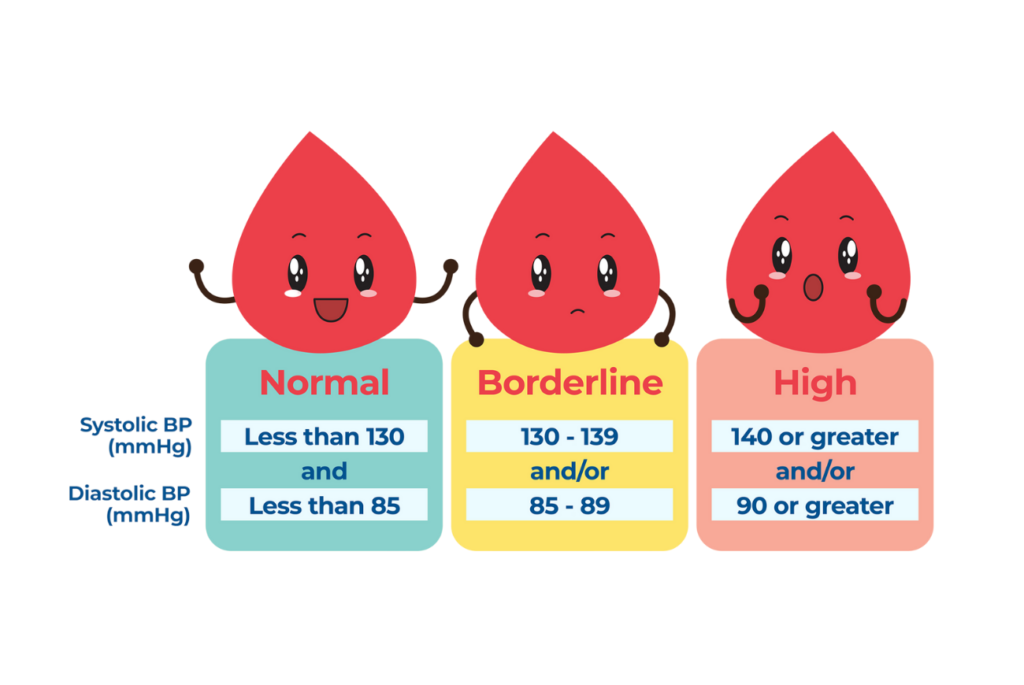
If your systolic pressure is 140mmHg or more, and/or your diastolic pressure is 90mmHg or more (or both) when measured on two or more occasions, you may be suffering from high blood pressure.
According to the National Population Healthy Survey 2020, more than 1 in 3 adults (35.5%) aged 18-74 are diagnosed with high blood pressure in Singapore. Among them, almost half (52.4%) had not been previously diagnosed with hypertension.
This is a worrying trend because high blood pressure usually presents no symptoms until significant damage has been done to the heart and arteries, triggering serious complications like a heart attack or stroke, which can result in death. For this reason, high blood pressure is also known as a silent killer.
High Blood Pressure is one of the major risk factors for:
- Cardiovascular disease, including coronary heart disease, which gives rise to heart attacks and heart failure
- Cerebrovascular (brain blood vessel) disease, including stroke and brain haemorrhage
- Kidney disease, including kidney failure
- Peripheral arterial (leg blood vessel) disease, which may, in more severe cases, lead to gangrene and the need for amputation
AA: What are some symptoms of hypertension to watch out for?
LLP:
High blood pressure usually has no symptoms until significant damage has been done to the heart and arteries, and many people go undiagnosed. However, if symptoms do occur, they can include:
- Blurred Vision
- Nosebleeds
- Shortness of breath
- Chest pain
- Dizziness
- Headache
AA: Apart from regular medical check-ups, how else can I test and monitor any risks pertaining to hypertension?
LLP: The only way to know if you have high blood pressure is to have a health professional check your blood pressure and monitor it using a home blood pressure machine.
AA: What is the importance of checking and knowing my blood pressure?
LLP: Early diagnosis and treatment reduce your risk of developing severe hypertension- related diseases. A decreased BP of 10/5mmHg (either by medication or a lifestyle change) can reduce the risk of:
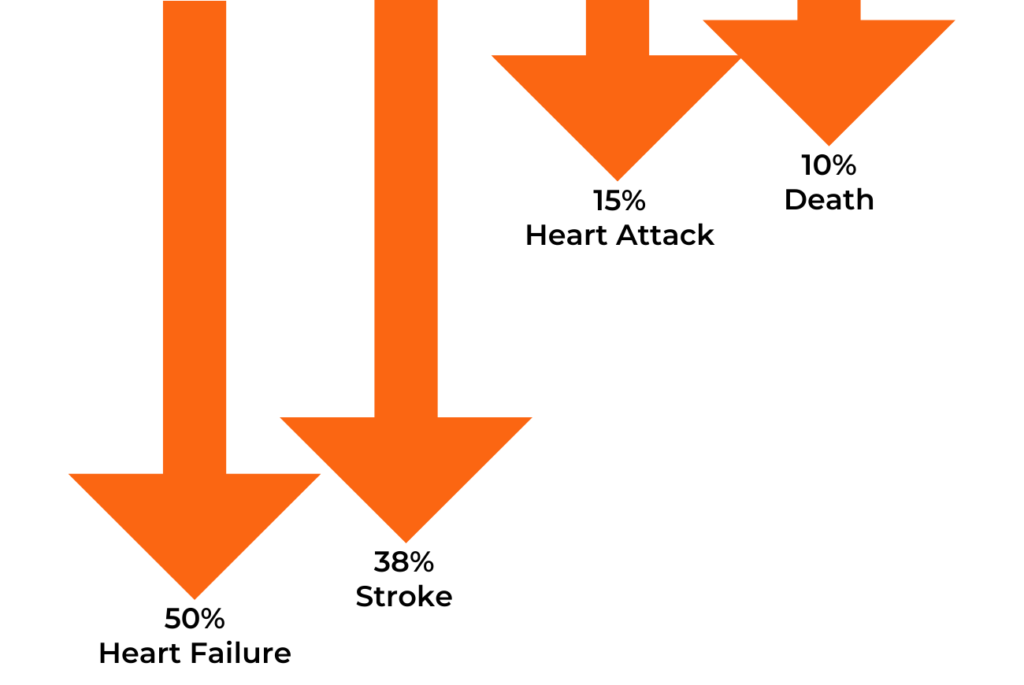
- Heart failure by 50 percent
- Stroke by 38 percent
- Heart attack by 15 percent
- Death by 10 percent
AA: What is the value or benefit of monitoring my own blood pressure at home instead of going to see a professional?
LLP: Checking your blood pressure at home can help you keep tabs on your blood pressure in a familiar setting, make certain your medication is working, and alert you and your doctor of potential health complications.
Monitoring your blood pressure (BP) at home can:
- Help with early diagnosis. Self-monitoring can help your doctor diagnose high BP earlier than if you have only occasional blood pressure readings in a clinic or hospital.
Home BP monitoring is especially important if you have a condition that could contribute to high BP, such as diabetes or kidney problems.
- Help track your treatment. The only way to know whether your lifestyle changes or medications are working is to check your BP regularly. Monitoring BP at home can help you and your doctor make decisions about your treatment, such as adjusting dosages or changing medications.
- Encourage better control. Self-monitoring can give you a stronger sense of responsibility for your health. You may feel even more motivated to control your BP with an improved diet, physical activity and proper medication use.
- Cut your medical expenses. Self-monitoring might decrease your number of visits to your doctor or clinic.
Check if your home BP readings differ from the doctor’s. Some people experience spikes in BP due to anxiety associated with seeing a doctor (white coat hypertension). Other people have normal BP at a clinic but elevated pressure elsewhere (masked hypertension). Monitoring BP at home can help determine if you have true high BP.
AA: How can I ensure that my home-based BP monitoring for myself or family members are accurate?
For a more accurate measurement,
DOs:
- Carefully read the instructions for your blood pressure monitor
- Go to the bathroom before taking your pressure
- Sit comfortably: feet flat on the floor, back supported, arm at heart level
- Remove constrictive, tight-fitting or thick clothing (e.g., sweater). Measuring on a bare arm is the preferred method.
- Put the cuff on and wait for about 1 minute
- Take two to three readings – wait for 1 to 2 minutes between readings
- Record date and time with measurement
- Show your readings to your healthcare provider
DON’Ts
- Cross your legs
- Take your pressure if you’re in a hurry
- Smoke 30 minutes before measuring
- Drink caffeine 30 minutes before measuring
- Eat a big meal for 2 hours before measuring
- Wear tight clothing
- Talk or watch TV during a measurement
- Measure your pressure if you are cold, nervous, uncomfortable, or in pain.
If you do decide to measure your blood pressure at home, you will need to get a home blood pressure monitor. There are a wide range of home blood pressure monitors available, but it is important to be sure that the blood pressure monitor you choose is accurate and the right one for you.
There are many kinds of home blood pressure monitors, but it is easiest to use a monitor that is fully automatic (digital). Choose one that measures your blood pressure on your upper arm rather than your wrist or finger. Upper-arm blood pressure monitors usually give the most accurate and consistent results.
AA: What should I do if a family member or myself has an abnormal blood pressure reading?
LLP: If your BP is higher than 130/85mmHg most of the time, even at rest, it is a sign to start taking precautions and follow your doctor’s advice to manage your blood pressure.
For people with diabetes, chronic kidney disease, or a prior heart attack or stroke, BP must be maintained below 130/85mmHg as even marginally higher pressure will increase your risk of developing complications. Patients should consult their doctor on their specific goals.
Controlling your blood pressure may need healthy lifestyle choices and medication. You can lower your blood pressure with the word “PRESSURE”.
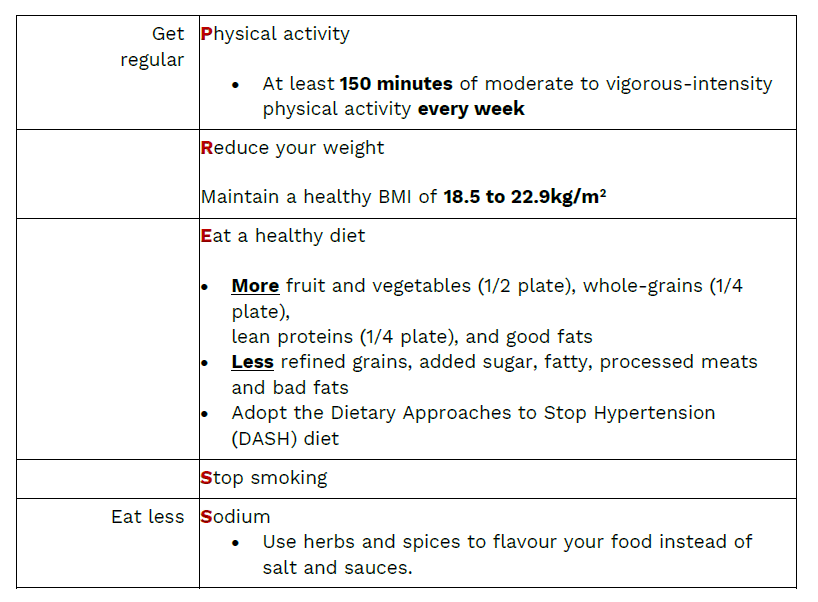
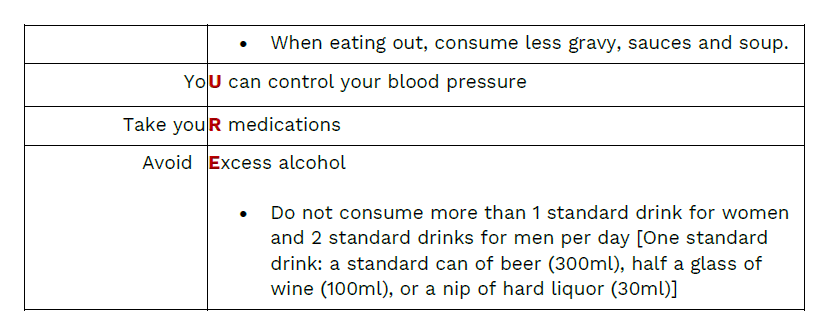
AA: How often should I be monitoring my blood pressure at home?
LLP: Singapore Heart Foundation advocates for people to start checking their blood pressure from 18 years old. Those above 40 years old should have their blood pressure measured regularly.

All images provided by Singapore Heart Foundation
Cover Photo by Mockup Graphics on Unsplash


